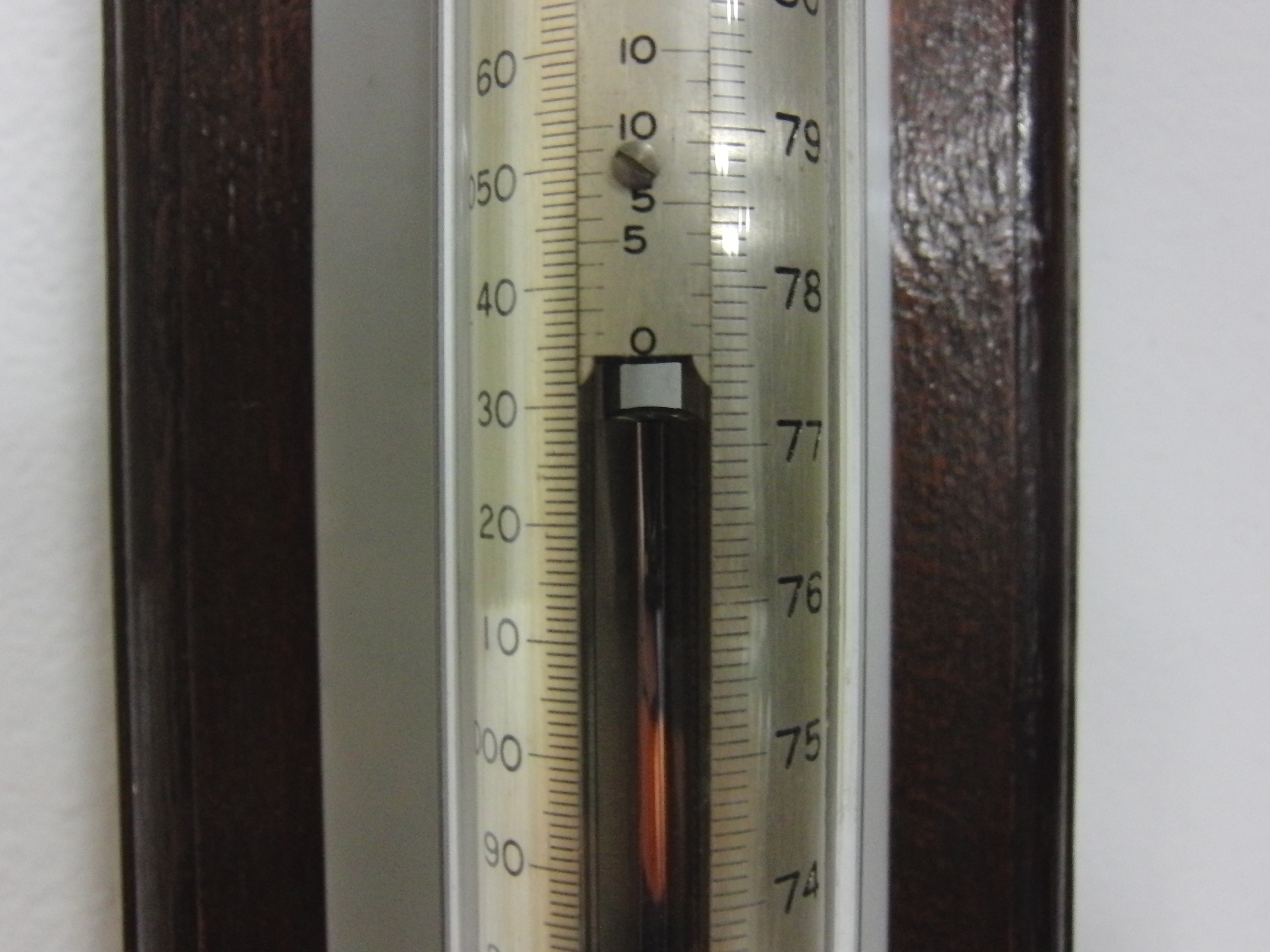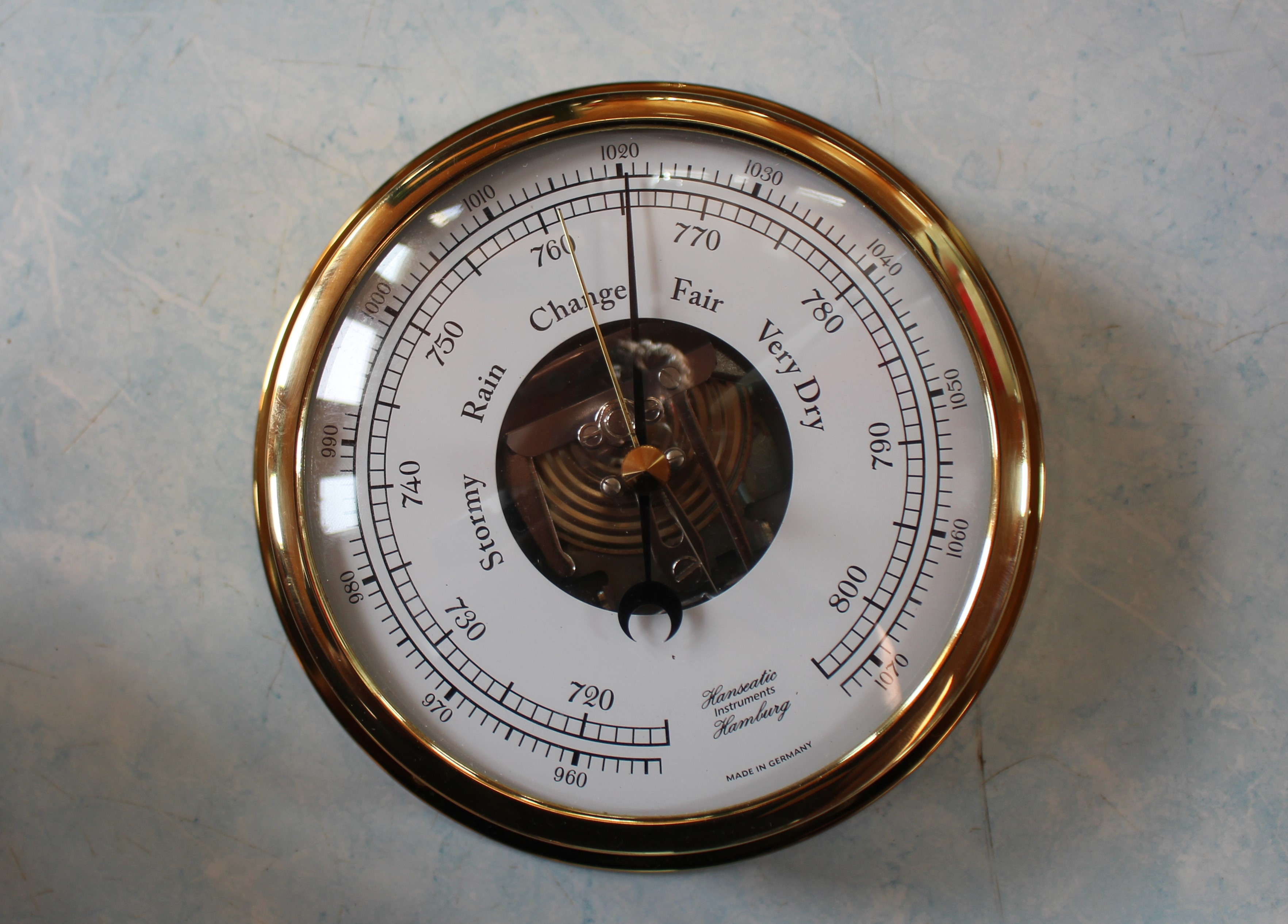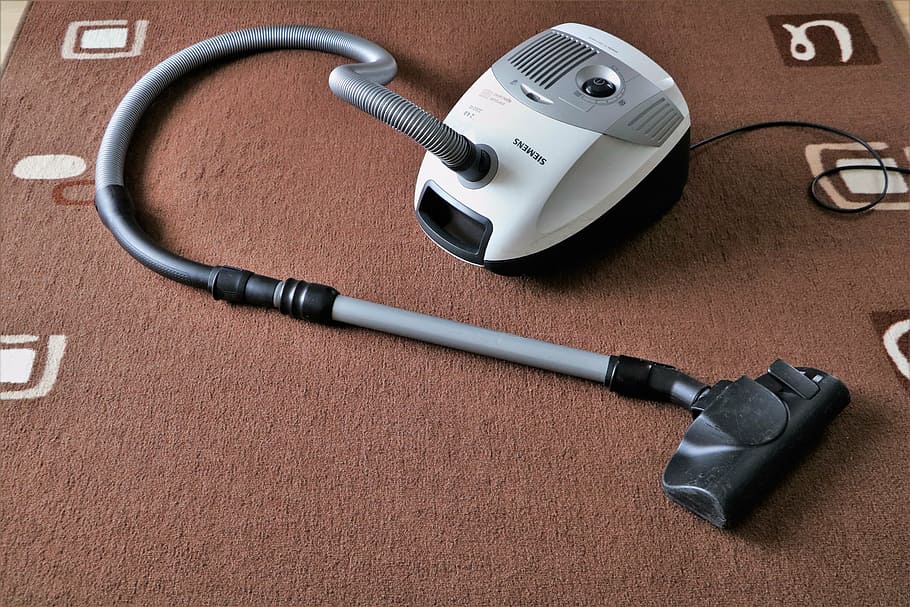Summary
The following topics were covered in this course:
- What is pressure?
- Pressure due to solids
- Pressure in a liquid
- Atmospheric pressure
You will now know that pressure is the amount of force which is exerted over a specified area.

Using the above formula you are now able to determine that:
P = hgp
Pressure is measured in Pascal's where 1 Pa = 1 N/m2
You now understand that pressure in a solid will be higher the smaller the area e.g. walking in high heels on grass will cause the heels to sink into the grass (due to the force over a small area) as opposed to walking in flat shoes on grass (the downward force is spread over a larger area).
You also determined that pressure in a liquid is determined by the density and depth of the liquid. Pascal's principle was introduced: any pressure change on the surface of an enclosed fluid will be transmitted equally throughout the fluid.
Atmospheric pressure at sea level is 101 kPa. The higher the altitude the lower the atmospheric pressure i.e. atmospheric pressure is dependent on the density of the air and the height of the air column. At sea level, the air is more dense, there are more oxygen particles in the air. The higher the altitude, the less dense the air is.
We encourage you to reflect on everyday examples where the use of pressure is demonstrated.
Finally, to test your understanding of this topic, answer the questions in the short quiz below. A pass mark of 50% is deemed to be successful - good luck!










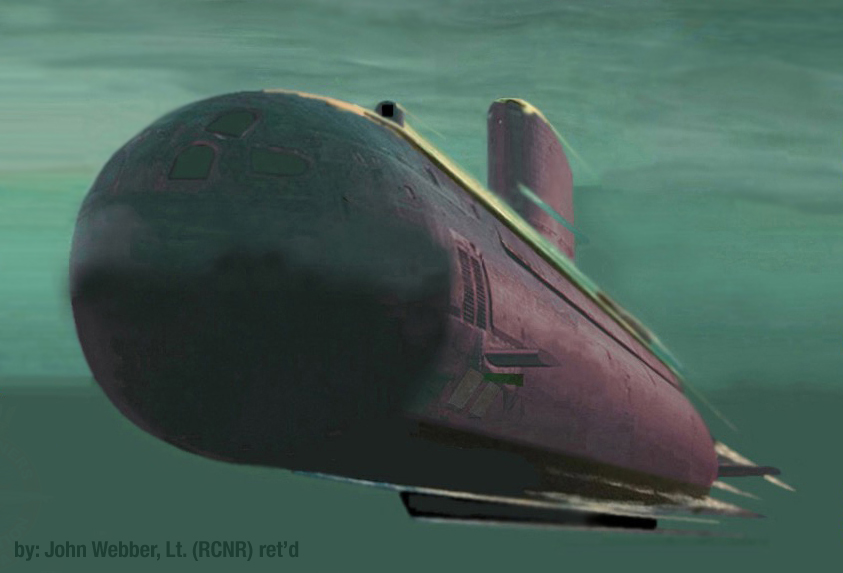


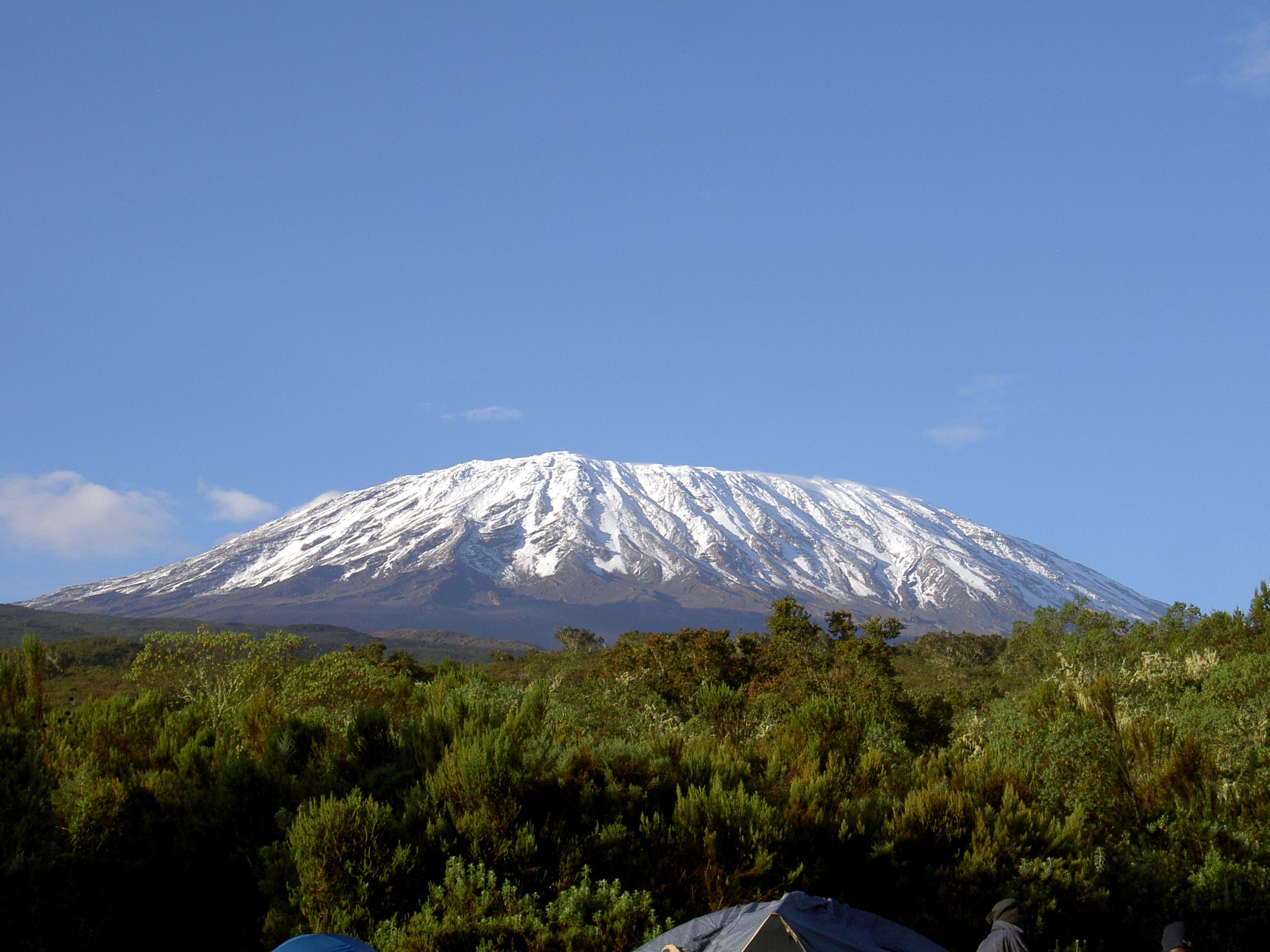 The summit of Mount Kilimanjaro is 5895 m above sea level. The atmospheric pressure at the summit is measured at 50 kPa. When compared to the 101.3 kPa at sea level, the atmospheric pressure at the summit is only 49% of that at sea level. Only 49% of oxygen is available at the summit compared to 100% at sea level.
The summit of Mount Kilimanjaro is 5895 m above sea level. The atmospheric pressure at the summit is measured at 50 kPa. When compared to the 101.3 kPa at sea level, the atmospheric pressure at the summit is only 49% of that at sea level. Only 49% of oxygen is available at the summit compared to 100% at sea level. 

